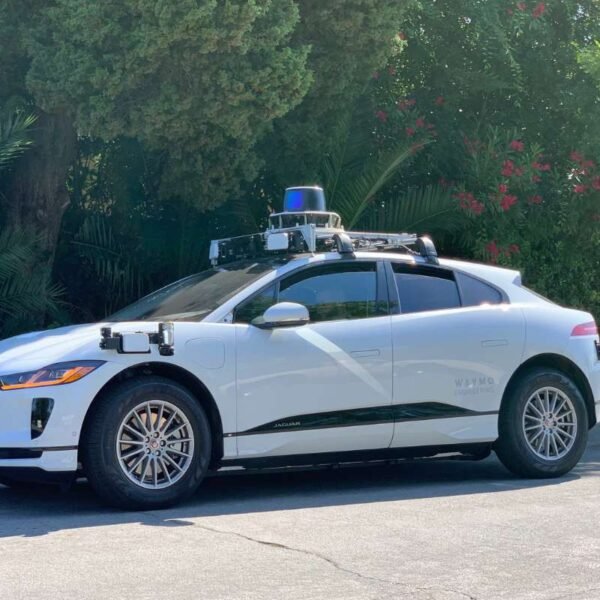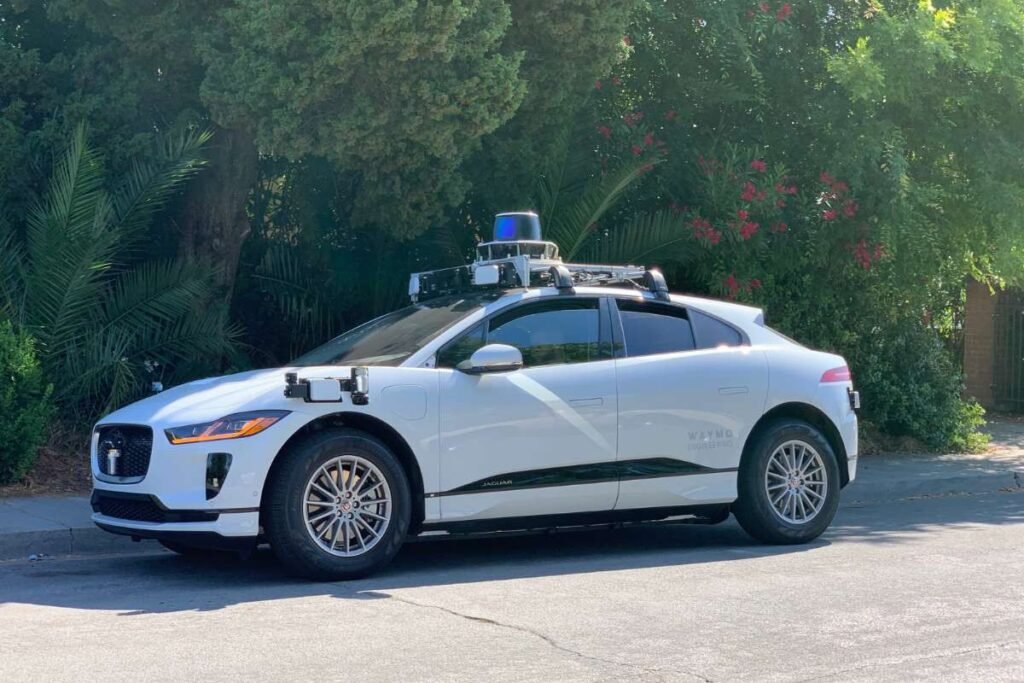In May 2024, we witnessed the biggest solar storm of the past 20 years. Many people uploaded their POV of the aurora on social media. However, while the aurora borealis is a beautiful sight, the effects of the solar storms were drastic. Solar Storms (Geo Magnetic Storms) are the motion of accelerated charged particles in the solar environment with high velocities due to the coronal mass ejection (CME). Moving toward Earth at the speed of 3 million miles per hour, these storms can impact us humans significantly. Let’s explore how.
Impact of Solar Storms on the Earth:
As the storms reach the outer atmosphere or space, they might collide with Satellites or humans in space. The energetic protons in the storm could cause alteration or damage to electrical circuits or the biological DNA. At the most extreme solar storm, the passengers and crew of high-flying aircraft could be exposed to radiation risk. Storms could create intense currents in Earth’s magnetosphere and cause the ionosphere and upper thermosphere to heat up. This could create a drag for low-orbiting satellites and harm the power grid. When a solar storm reaches Earth, it interacts with the magnetosphere making it agitated and compressed, which allows energetic solar wind particles to cluster in Polar Regions.
Very High-energy particles, like those carried by coronal mass ejections, can cause radiation poisoning to humans and mammals. When a coronal mass ejection strikes Earth’s atmosphere it causes a temporary disturbance of the Earth’s magnetic field. Solar storms can throw satellites off course and cause them to fall on Earth’s surface putting many urban centers at risk. Many migrating animals like birds and honey bees are affected by solar storms as they use magneto reception to navigate. Geo-magnetically induced currents are produced in the pipelines due to rapidly fluctuating geomagnetic fields causing multiple problems for the pipeline engineers. Pipeline flow meters can pass wrong information and the corrosion rate of the pipelines can be dramatically increased.
Solar Flares and its types
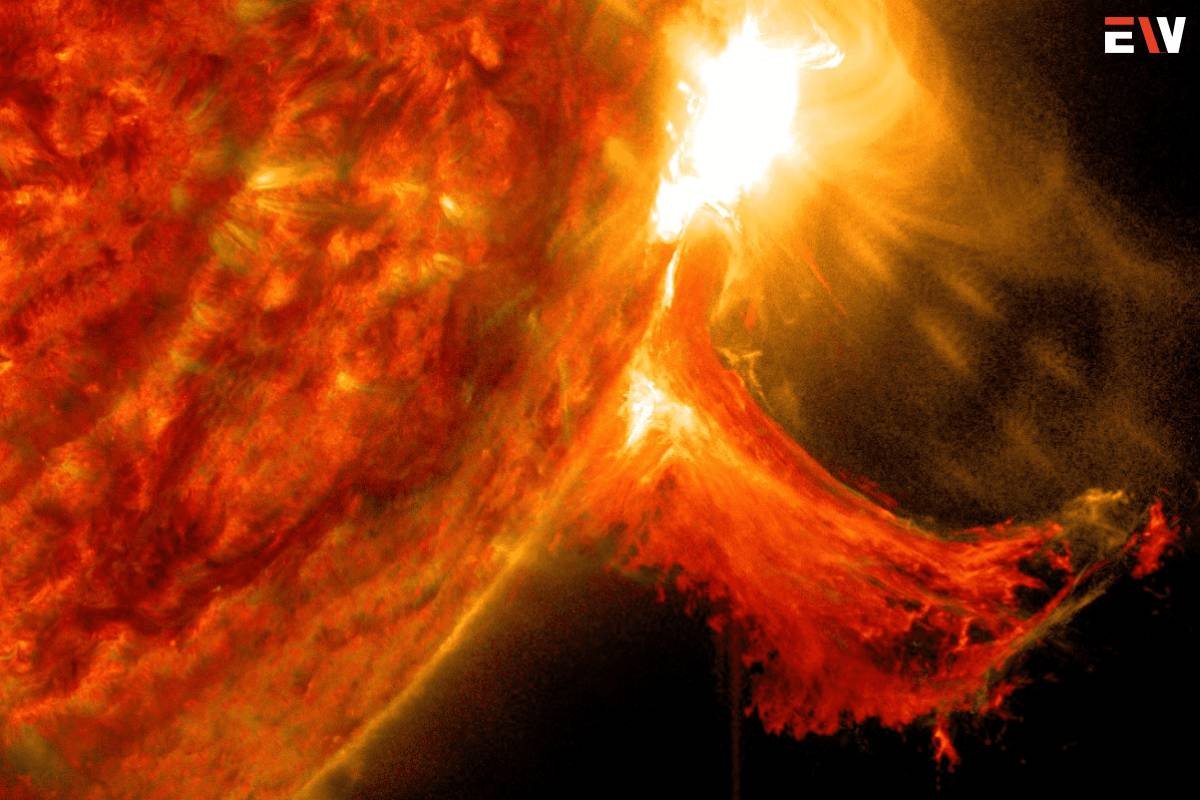
There are 5 types of solar flares. Here they are ranked from least to most effective:
- A-Class flares – These flares don’t have any noticeable consequences on Earth.
- B-Class flares – These are 10 times more intense than A-Class flares.
- C-Class flares – These are 10 times stronger than B-Class flares. They have few noticeable consequences on Earth.
- M-Class flares – These are medium-sized flares. They cause brief radio blackouts that affect Polar Regions.
- X-Class flares – These are the biggest. They cause radio blackouts throughout the world. They also cause long-lasting radiation storms in the upper atmosphere.
7 Most Powerful Solar Storms
1. The Carrington Effect: 1859
It was named the Carrington effect because it was observed by the solar astronomer Richard Carrington. He witnessed the storm through his private observatory telescope and sketched the sun’s sunspots at the time. It is the first and largest documented solar flare. It caused major aurora displays visible to the south as far as the Caribbean. It also caused severe disruptions in global telegraph communications, shocked some telegraph operators, and caused fires due to the discharge from lines ignited telegraph papers.
2. Solar Flare VS. AT&T: 1972
This is a major solar flare that erupted in August 1972. It knocked out long-distance telephone communication across many states including Illinois. NASA stated that this event caused AT&T to redesign its power system for transatlantic cables.
3. Major Power Failures from Geomagnetic Storm: 1989
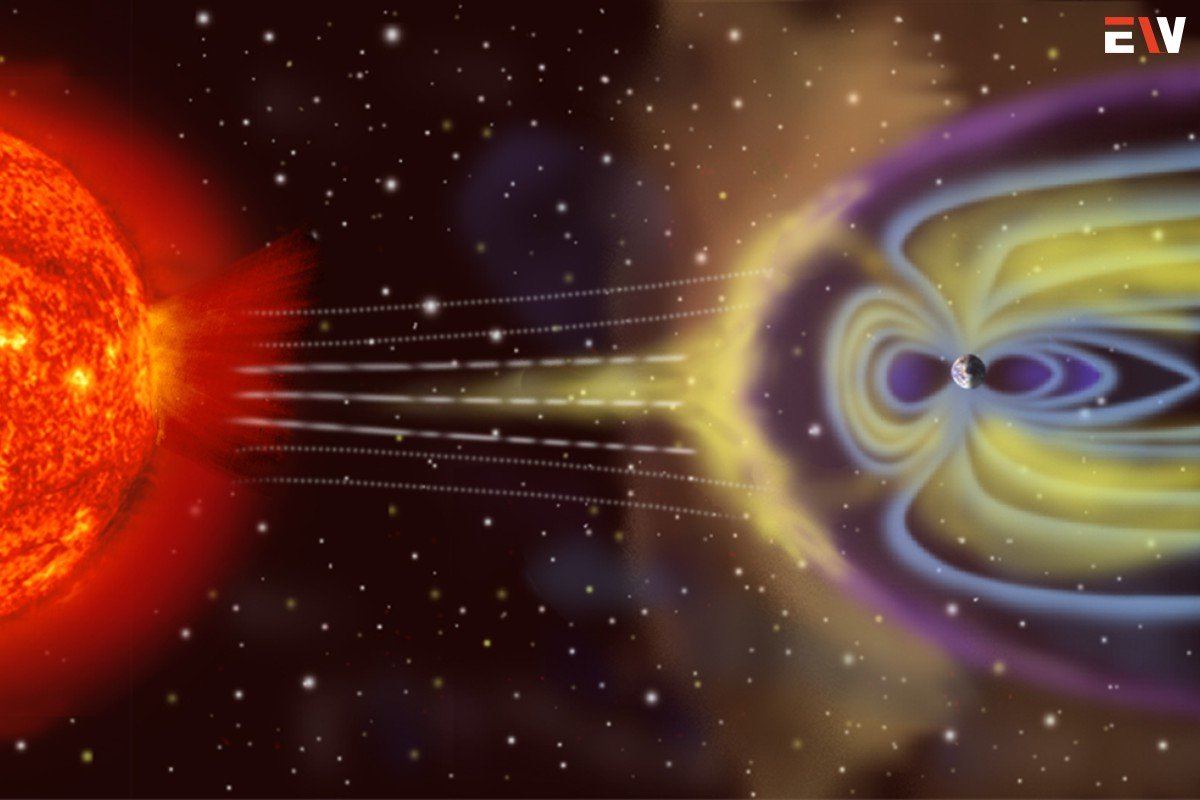
In March 1989, a powerful solar flare caused a geomagnetic storm that set off a major power blackout in Canada, forcing 6 Million people to spend 9 hours without electricity. According to NASA, the flare disrupted electric power transmission from the Hydro Quebec generating Station and even melted some power transformers in New Jersey. Although the flare was pretty strong, it was not nearly the same scale as the Carrington event.
4. Bastille Day Event: 2000
Bastille Day event has the same name as the French national holiday because it occurred on the same day i.e. July 14, 2000. The event caused some satellites to short-circuit resulting in Radio blackouts.
5. The Haunting Halloween Storms: 2003
From October till November, the Earth experienced continuous solar flares and coronal mass ejections in its atmosphere. NASA named it The Haunting Halloween Storms. The storms caused airplanes to be rerouted, affected satellite systems, and caused power shortages in Sweden. The Solar and Heliospheric Observatory (SOHO) failed due to the solar storm which studies the Sun, its deep core to its outer corona, and solar wind.
6. X-Ray Sun Flare for Xmas: 2006
On Dec 5, a massive X-Class flare was seen ignited on the sun. The solar storm was so powerful that it damaged the solar X-ray imager instrument on the GOES 13 satellite which took its picture.
7. A Very Expensive Storm: 2022
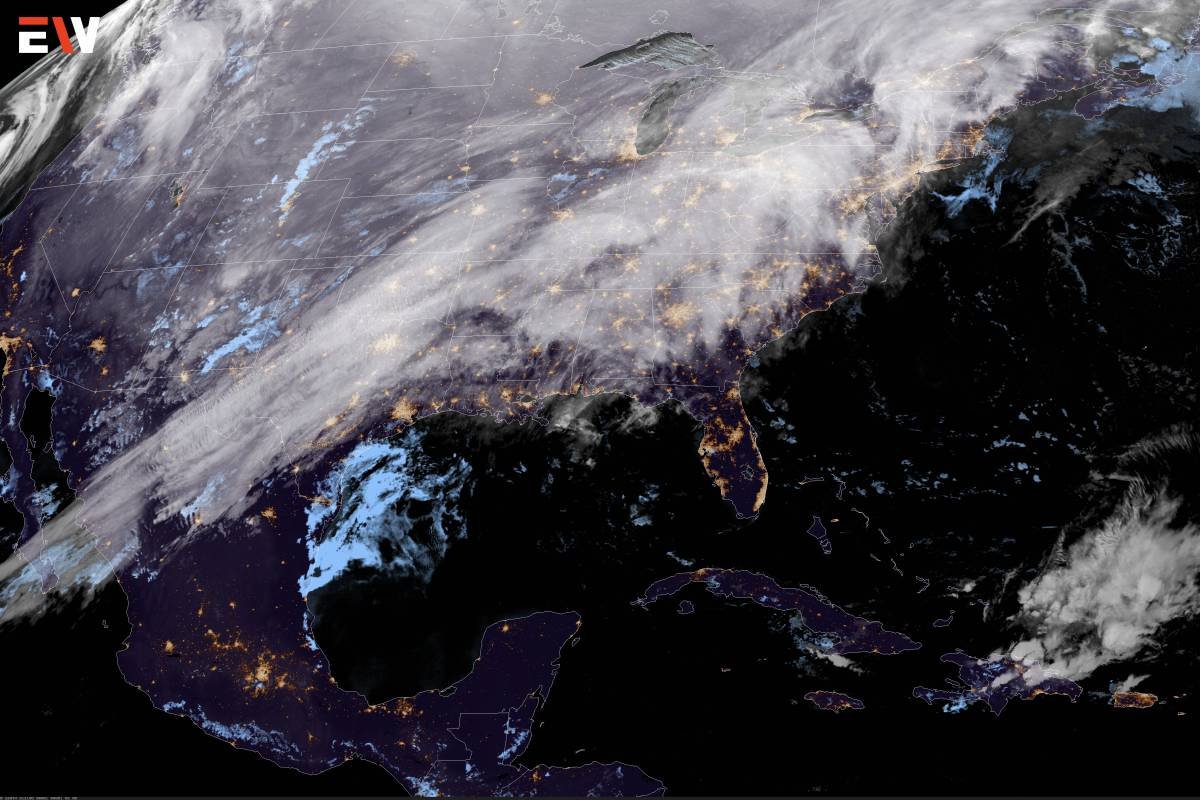
In February of 2022, the launch of 40 Starlink satellites was carried out but all the satellites got burned in the environment. The solar storm caused the thermosphere to get denser and eventually Starlink satellites couldn’t pull the satellites upward to their designated position. The satellites got pulled towards Earth and ultimately burned by the friction in the atmosphere, totaling a loss of 50 million.
Should we be worried?
While we are physically safe from solar storms, the economic damage can be drastic. Today, space agencies are trying to send astronauts on interplanetary missions. If we want to establish an interplanetary residence, we must learn how to protect ourselves from Solar Storms.
On the other hand, scientists are trying to develop radiation-resistant space suits for astronauts to protect them from radiation. Humans are trying to get to Ceres and Mars for exploration. In the long term, precautionary measures are necessary to prevent any damage from the storms.


